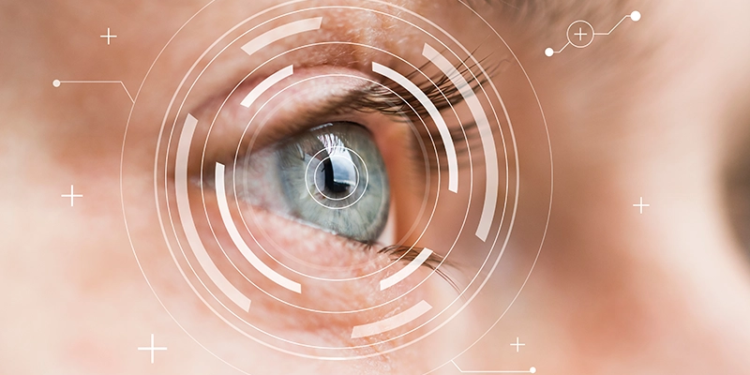A study conducted by researchers at North Carolina State University (NC State), Raleigh, that compared whether the hips, knees, or ankles are the most important power sources for human walking and running showed that the hips generate more of the power when people walk, but the ankles generate more of the power when humans run. Knees provide approximately one-fifth or less of walking or running power.

This assistive device has a “clutch” that engages only at the right time to help provide a “spring” forward. Photograph courtesy of M. Bruce Wiggin, NC State University.
The research could help inform the best ways of building assistive or prosthetic devices for humans, or constructing next-generation robotics, according to study co-authors Dominic Farris, PhD, post doctoral research scholar, and Gregory Sawicki, PhD, assistant professor of biomedical engineering, both with the University of North Carolina at Chapel Hill (UNC-Chapel Hill)/NC State Joint Department of Biomedical Engineering. Farris and Sawicki are also part of NC State’s Human PoWeR (Physiology of Wearable Robotics) Laboratory.
Previous studies have focused on the biomechanics of human locomotion from a whole-body or individual limbs perspective. This is the first study to zoom in on the mechanical power generated by specific lower-limb joints in a single comprehensive study of walking and running across a range of speeds, Sawicki said in an NC State press release.
The researchers examined ten people who walked and ran at various speeds on level ground on a specially designed treadmill, in order to gauge the differences brought about by increased speed. Cameras captured their gait by tracking reflective markers attached to various parts of the participants’ lower limbs while the treadmill captured data from the applied force.
Results from the study showed that hips generated 44 percent of the power when people walked at a rate of two-meters per second-defined by the study as speed walking-with ankles contributing 39 percent of the power. When people started running at this two-meter-per-second rate, the ankles provided 47 percent of the power compared to 32 percent for the hips. Ankles continued to provide the most power of the three lower-limb joints as running speeds increased although the hips began closing the distance at faster speeds.
Farris and Sawicki are interested in how the study can help people who need assistance walking and running. Knowing which part of the lower limbs provide more power during the different activities can help engineers figure out how, depending on the person’s speed and gait, mechanical power needs to be distributed.
“For example, assistive devices such as an exoskeleton or prosthesis may have motors near both the hip and ankle,” Farris said. “If a person will be walking and then running, you’d need to redistribute energy from the hip to the ankle when the person makes that transition.”
The study, “The Mechanics and Energetic of Human Walking and Running: A Joint Level Perspective,” was published May 25, 2011, online before print, in the Journal of The Royal Society Interface.




